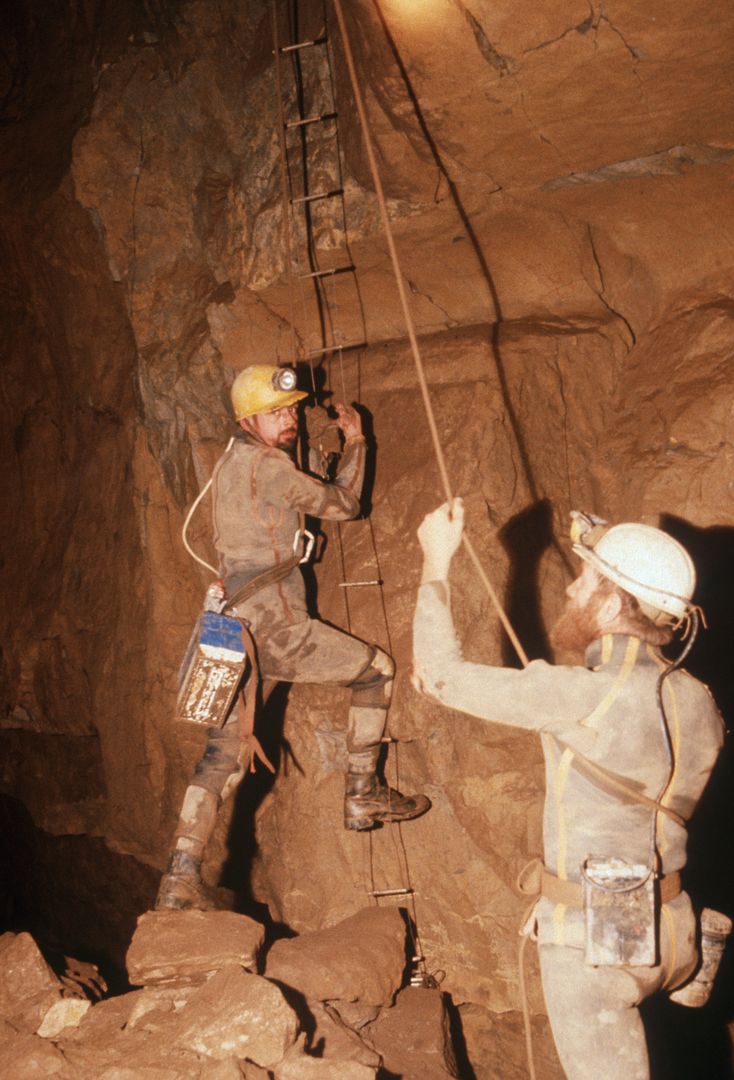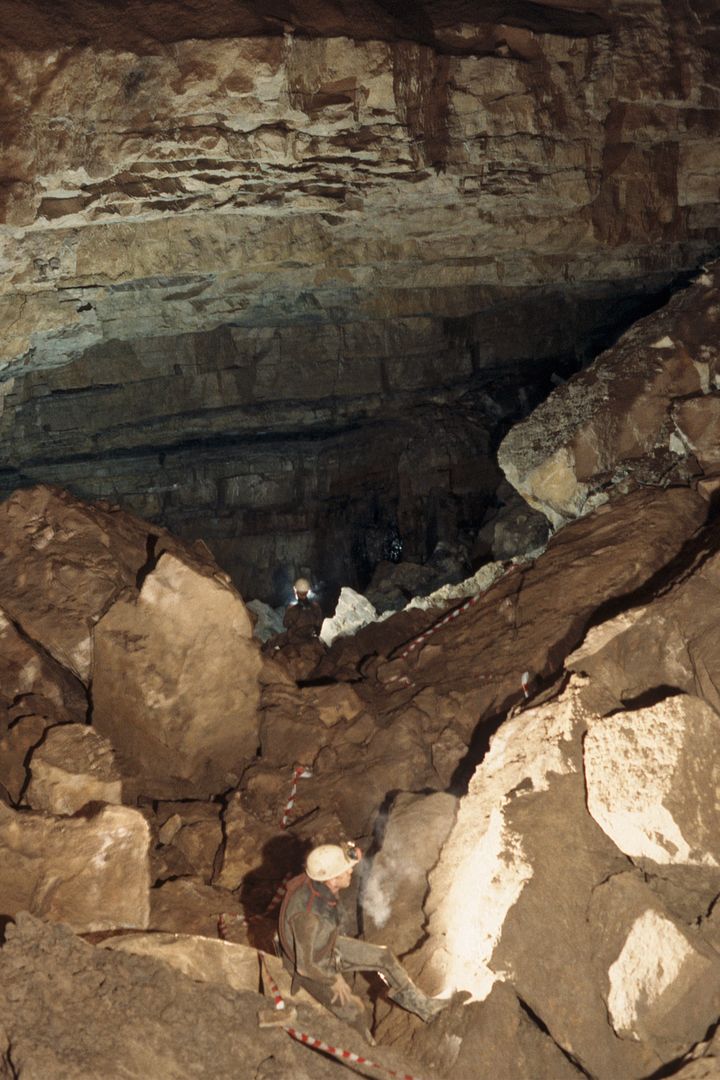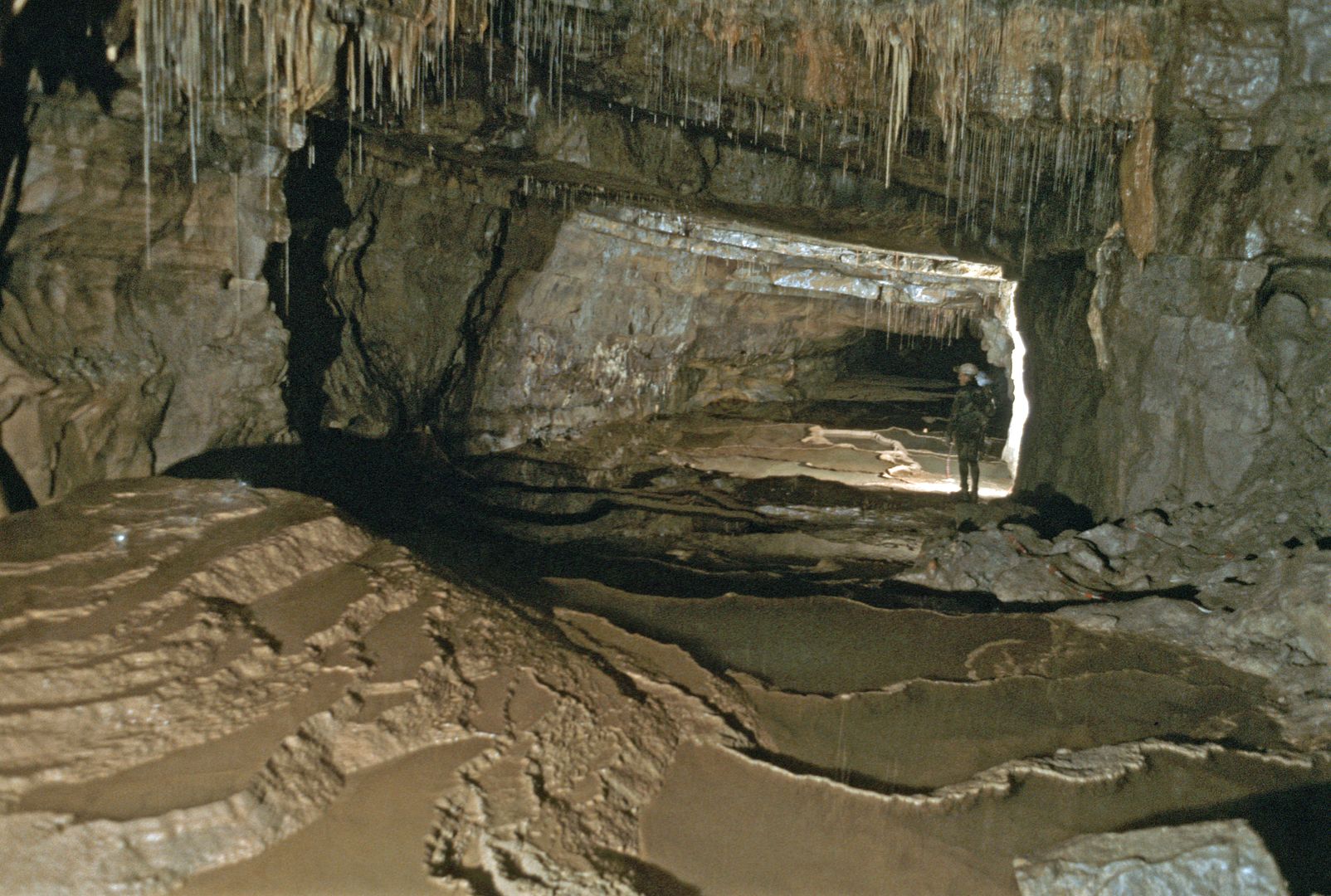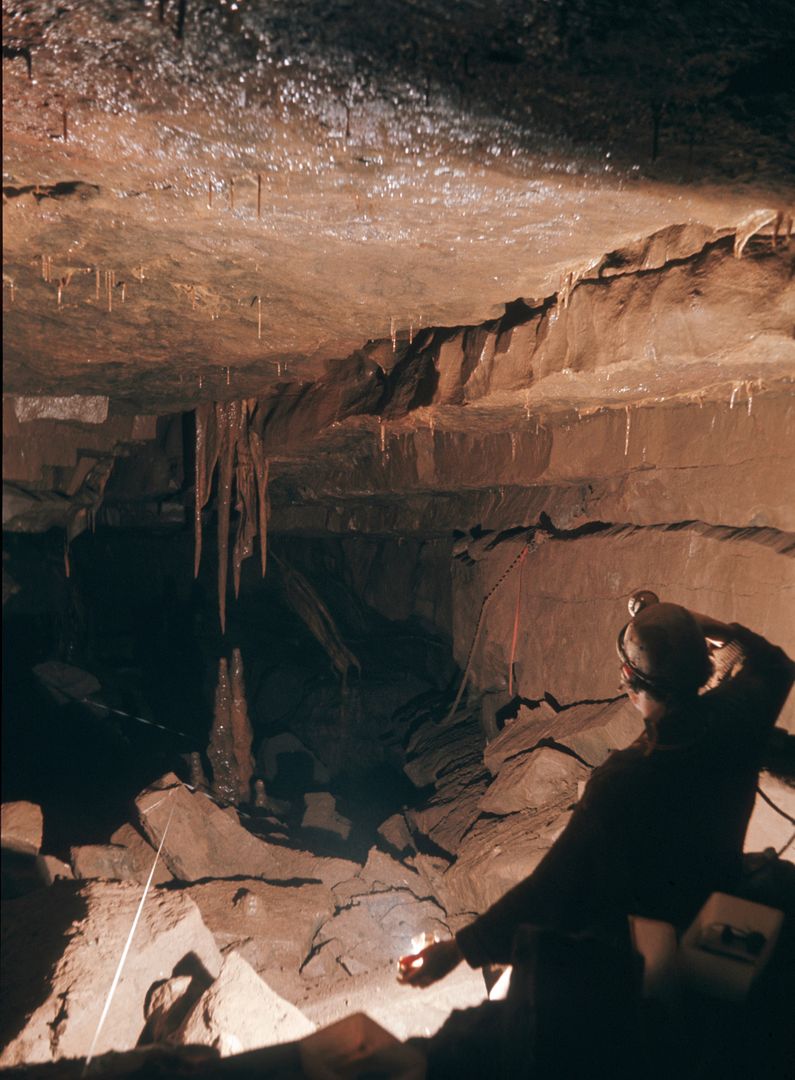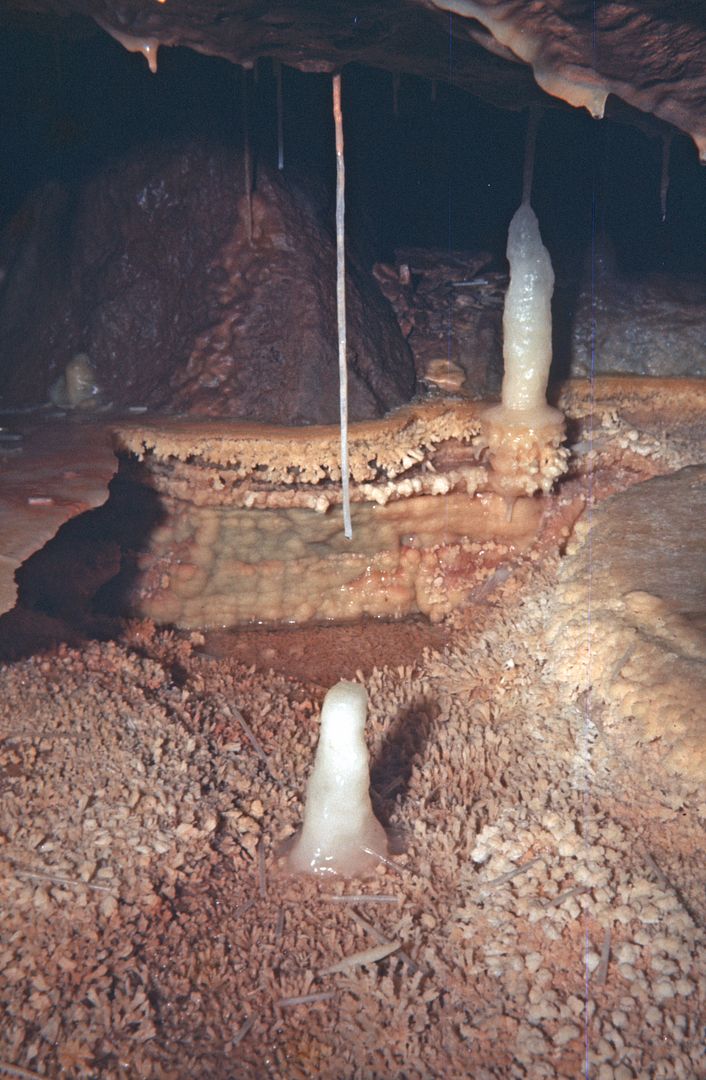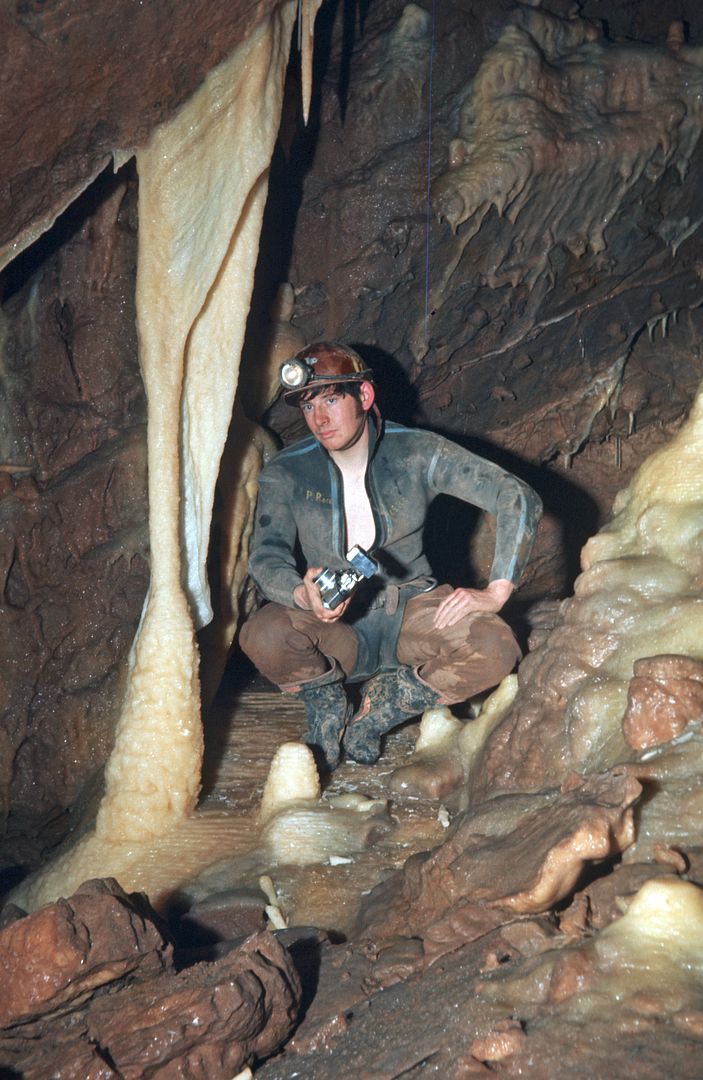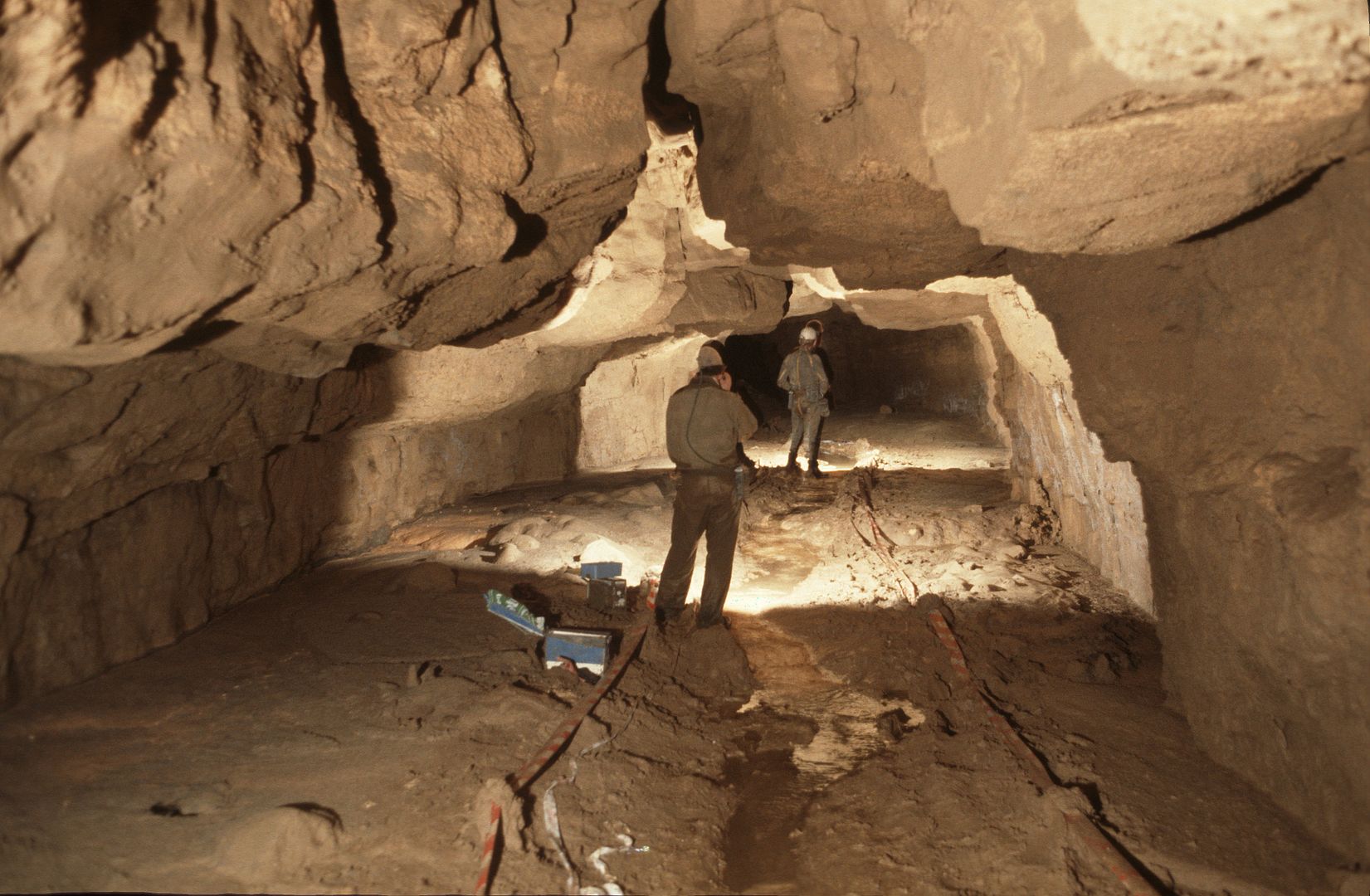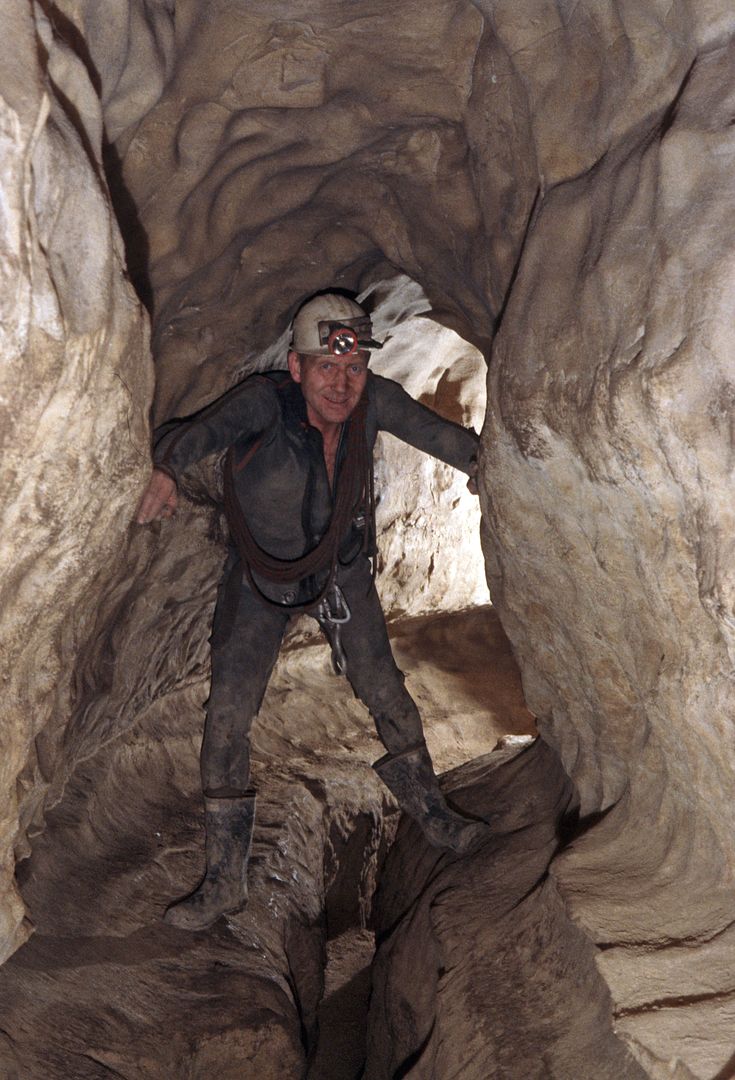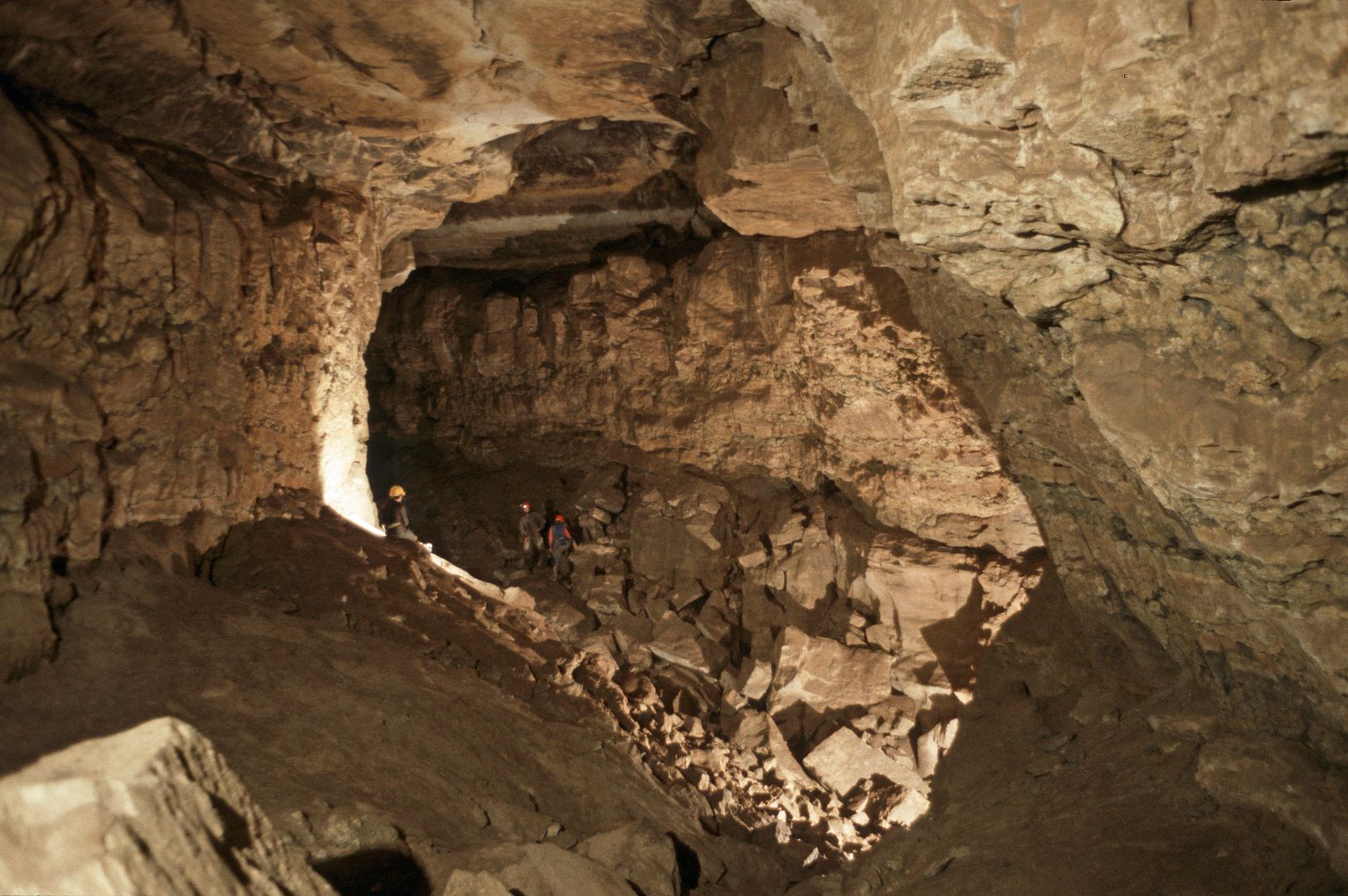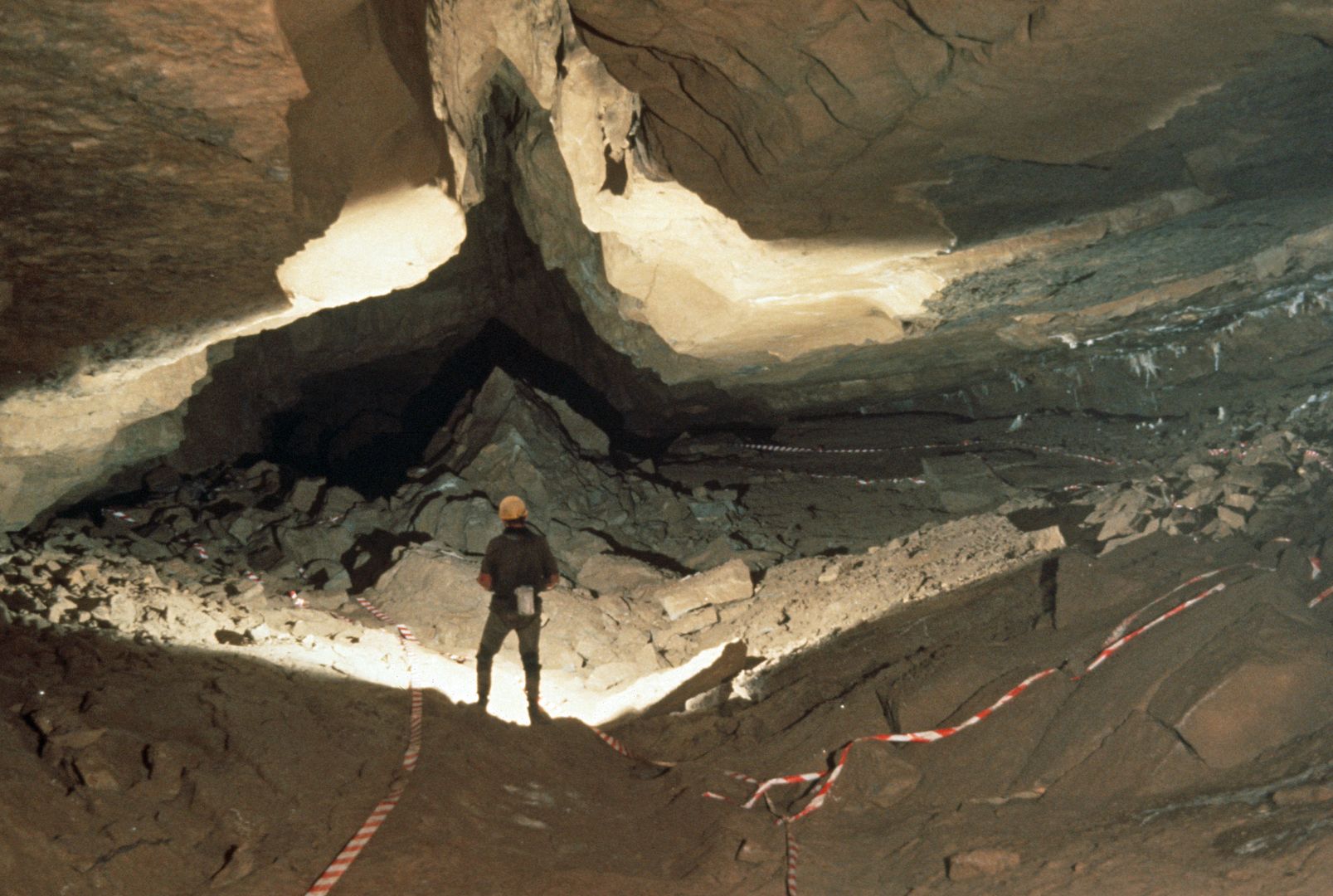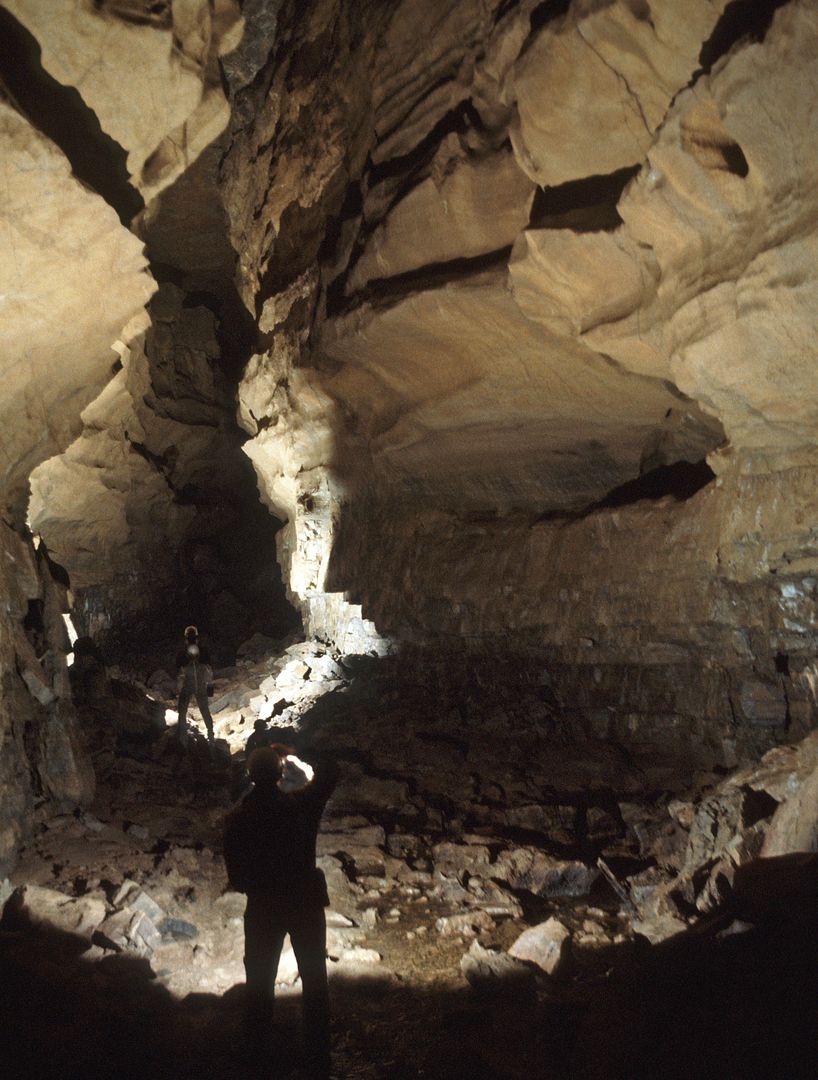The Old Ruminator
Well-known member
Well maybe 52 but who is counting. Well no caving for a while with my " problem " so I took up the suggestion re The MCRA Flickr archive. ( See separate post ). Getting along fine with that and now at about 350 uploads. Hope to reach 1000 one day. All cave stuff of course.
https://www.flickr.com/photos/96466079@N05/
Will drop stuff here from time to time. We can see how cave photography has changed over 50 years and, of course, the caving kit itself. ( ready for a laugh ).
Well that should keep my fan club duo from going cold turkey and annoy those who like looking at the forum on their mobiles.
Photos will come any order any time span. Mostly those I like cus they bring back happy memories from years ago. This could be a long on going post. ( but only if nobody moans ).
https://www.flickr.com/photos/96466079@N05/
Will drop stuff here from time to time. We can see how cave photography has changed over 50 years and, of course, the caving kit itself. ( ready for a laugh ).
Well that should keep my fan club duo from going cold turkey and annoy those who like looking at the forum on their mobiles.
Photos will come any order any time span. Mostly those I like cus they bring back happy memories from years ago. This could be a long on going post. ( but only if nobody moans ).



